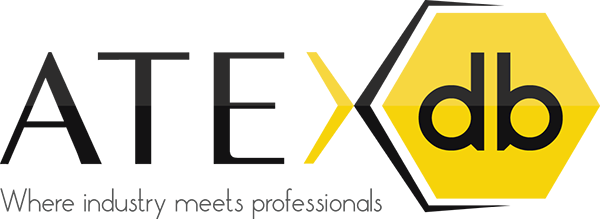Harmonisation of Standards
08/15/2017
Simply, a Harmonised Standard is a standard (usually from CEN or Cenelec) which has received legal acceptance by the European Commission as a means of demonstrating conformity with the Essential Health and Safety Requirements (EHSRs) of one of the EU Directives. ATEX Certificates issued by European Notified Bodies, as required by the directive, certify conformity to the EHSRs but list the standards that have been used to support the assessment. Provided they are harmonised, they give the legal “presumption of conformity”.
A standard becomes “harmonised” through the simple action of the European Commission publishing the number of the standard in the Official Journal of the European Union (OJ). Until listed, the standard is not harmonised, even if it represents the “state of the art” which, according to the ATEX Directive, must be implemented as soon as possible.
A standard, once harmonised, can also lose that harmonisation status, for example when a later edition of the standard is published. There are exceptions, but there is normally a three year overlap between the new edition being published and the old edition losing harmonisation status.
The purpose of the overlap is to allow equipment being designed to the earlier edition of the standard, at the time the new edition is published, to continue through to certification without the manufacturer being forced to make technical changes at the last minute. It has never been intended to allow manufacturers to put forward new designs that do not comply with the “state of the art” at the time of development.
Both a new standard that has not yet been listed in the OJ, and an old standard that has lost harmonisation status, do not give an automatic presumption of conformity. Yet they can be used under specific circumstances, subject to full justification being given in the manufacturer’s Declaration of Conformity (DoC).
Although many manufacturers understand the harmonisation process, and make the necessary adjustments to their DoCs, there are undoubtedly a large number who either do not fully understand the process, or are willing to issue DoCs with incorrect information, typically listing standards as harmonised, when they are not or, if correctly identifying non-harmonised standards, fail to give the required justification.
And this is where purchasers, installers and users in Europe need to be aware of their duties under the ATEX User Directive 1999/92/EC and its various legal incarnations throughout Europe – for example, the Dangerous Substances and Explosive Atmosphere Regulations (DSEAR) in the UK. It is a DSEAR requirement that all equipment within the scope of the Equipment Directive, 2014/34/EU, should actually meet the requirements of that directive, before it is installed and put into service. In order to satisfy the Equipment Directive, the DoC supplied by the manufacturer must give the information required by Annex X of the directive, including correctly identifying the status of the standards used to support the EHSRs, along with a justification for the use of any non-harmonised standard. Without a correct DoC, the equipment is non-compliant and should not be installed.
It is easy to justify the use of the new edition of a standard when the immediate previous edition is harmonised. This is “state of the art” and all that need be stated is that it is anticipated that the new edition will be harmonised.
Use of a standard that has lost harmonisation status requires more consideration. Equipment may remain in production for a number of years. Essentially, it is up to the manufacturer to decide if any of the changes between the two editions materially affects his product. If the answer is yes, he must do something about it. If the answer is no, he can self-declare on the DoC that he has conducted such a review and that the older standard remains “state of the art” for his particular product.
The European notified Bodies Group for ATEX has provided detailed information on this process in ExNB Clarification Sheet ExNB/CS/10/397, which can be downloaded from the Ex-NBG Clarification Sheets link on the EU Commission website: http://ec.europa.eu/growth/sectors/mechanical-engineering/atex_en
Original link: http://www.hazardexonthenet.net/article/135852/Harmonisation-of-Standards.aspx

